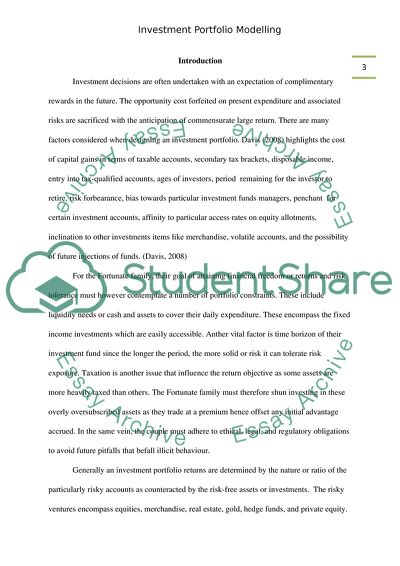Cite this document
(Investment Portfolio Modelling Case Study Example | Topics and Well Written Essays - 2000 words, n.d.)
Investment Portfolio Modelling Case Study Example | Topics and Well Written Essays - 2000 words. Retrieved from https://studentshare.org/finance-accounting/1726943-investment-portfolio-modelling
Investment Portfolio Modelling Case Study Example | Topics and Well Written Essays - 2000 words. Retrieved from https://studentshare.org/finance-accounting/1726943-investment-portfolio-modelling
(Investment Portfolio Modelling Case Study Example | Topics and Well Written Essays - 2000 Words)
Investment Portfolio Modelling Case Study Example | Topics and Well Written Essays - 2000 Words. https://studentshare.org/finance-accounting/1726943-investment-portfolio-modelling.
Investment Portfolio Modelling Case Study Example | Topics and Well Written Essays - 2000 Words. https://studentshare.org/finance-accounting/1726943-investment-portfolio-modelling.
“Investment Portfolio Modelling Case Study Example | Topics and Well Written Essays - 2000 Words”. https://studentshare.org/finance-accounting/1726943-investment-portfolio-modelling.


